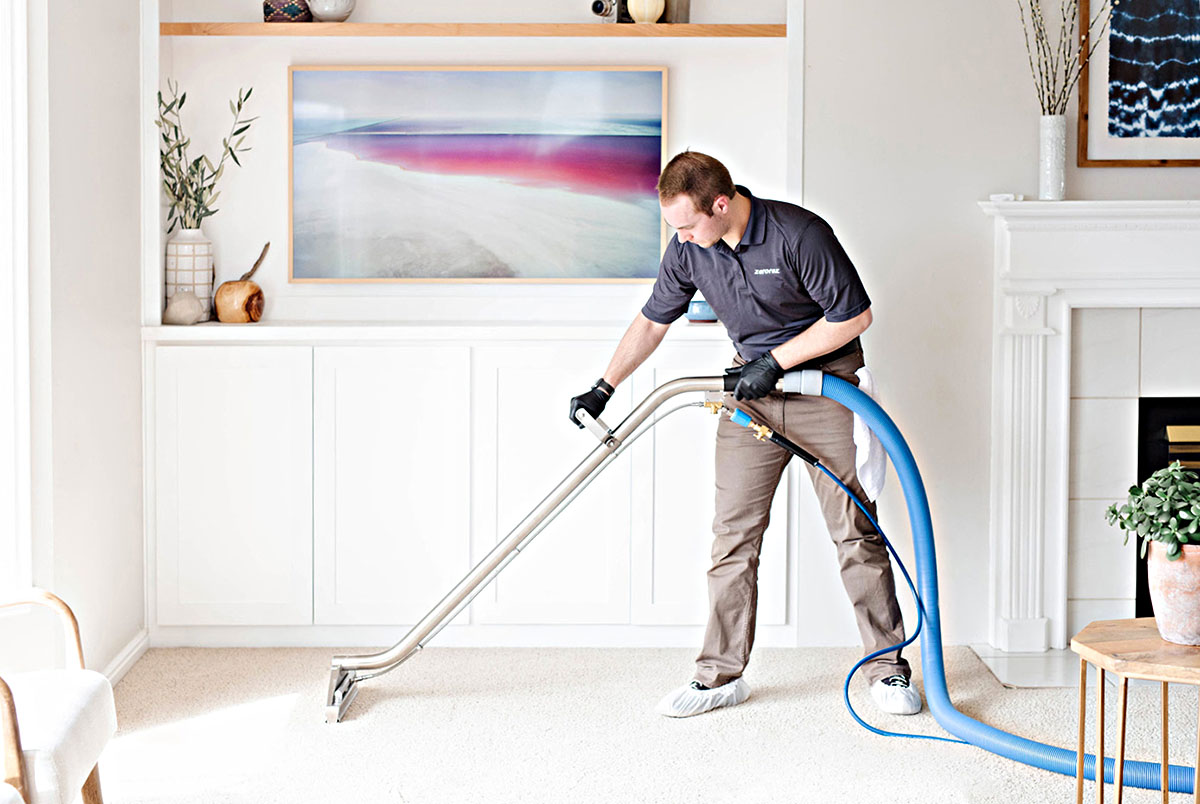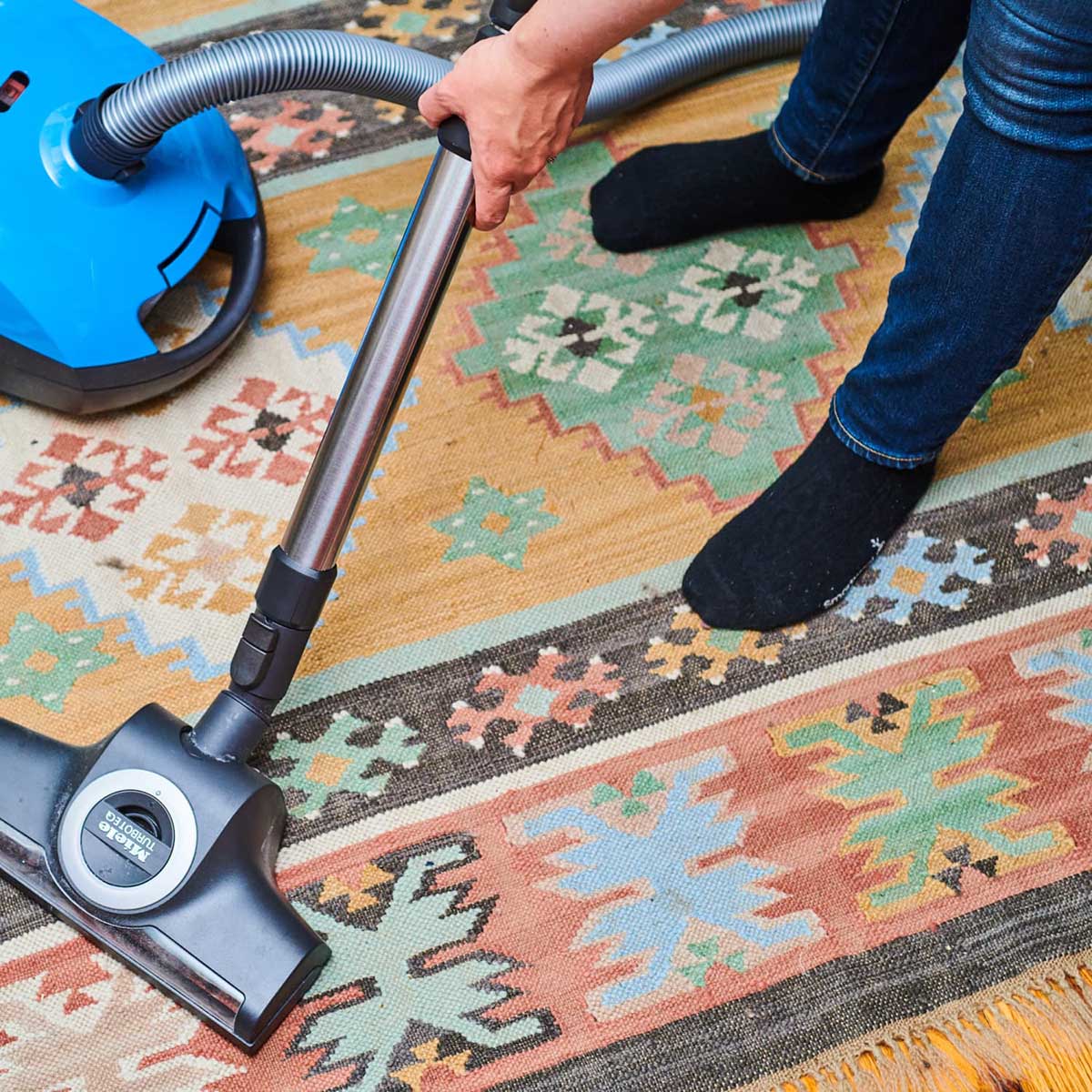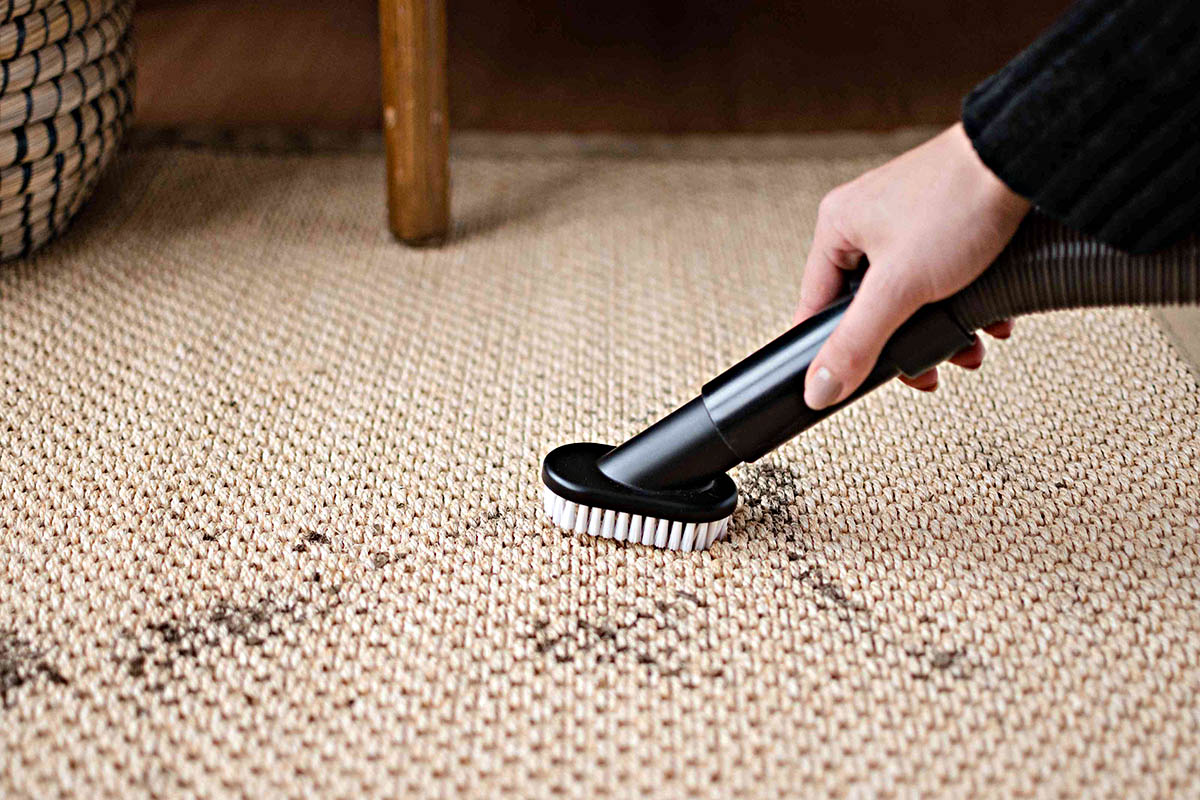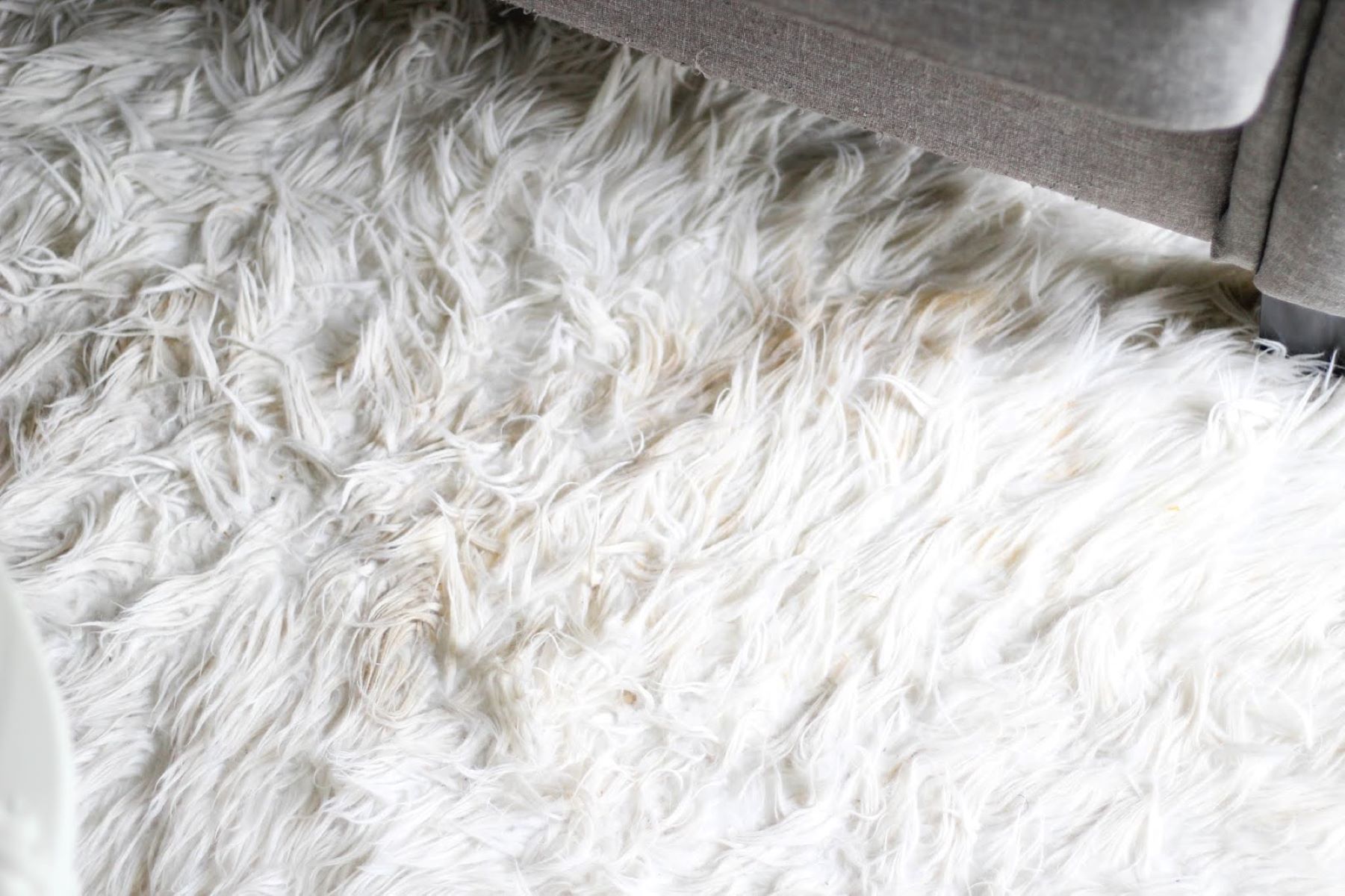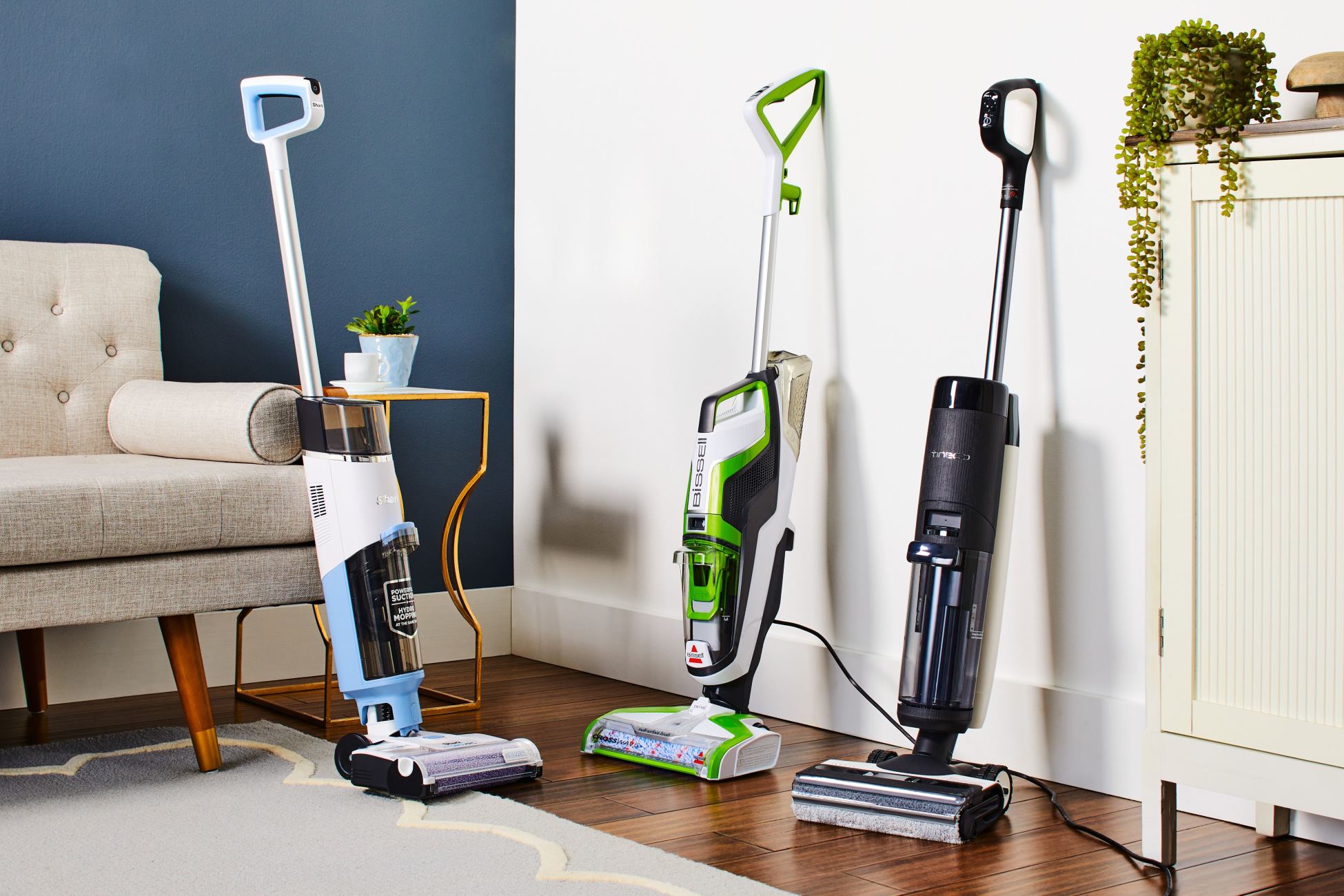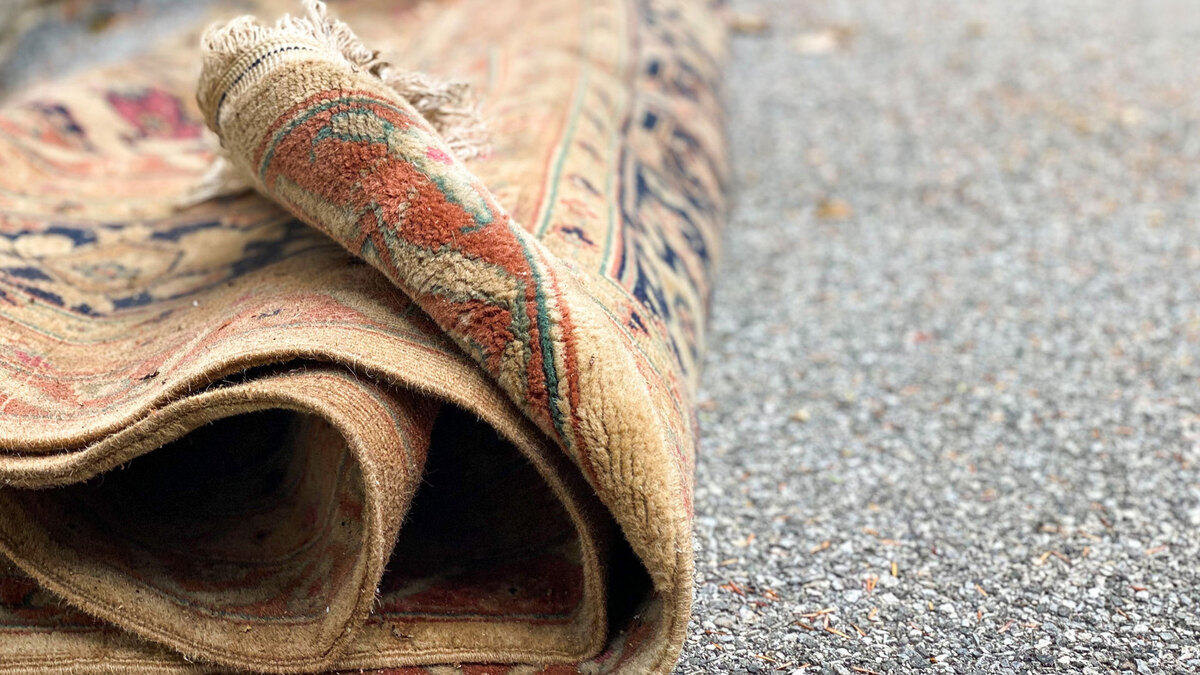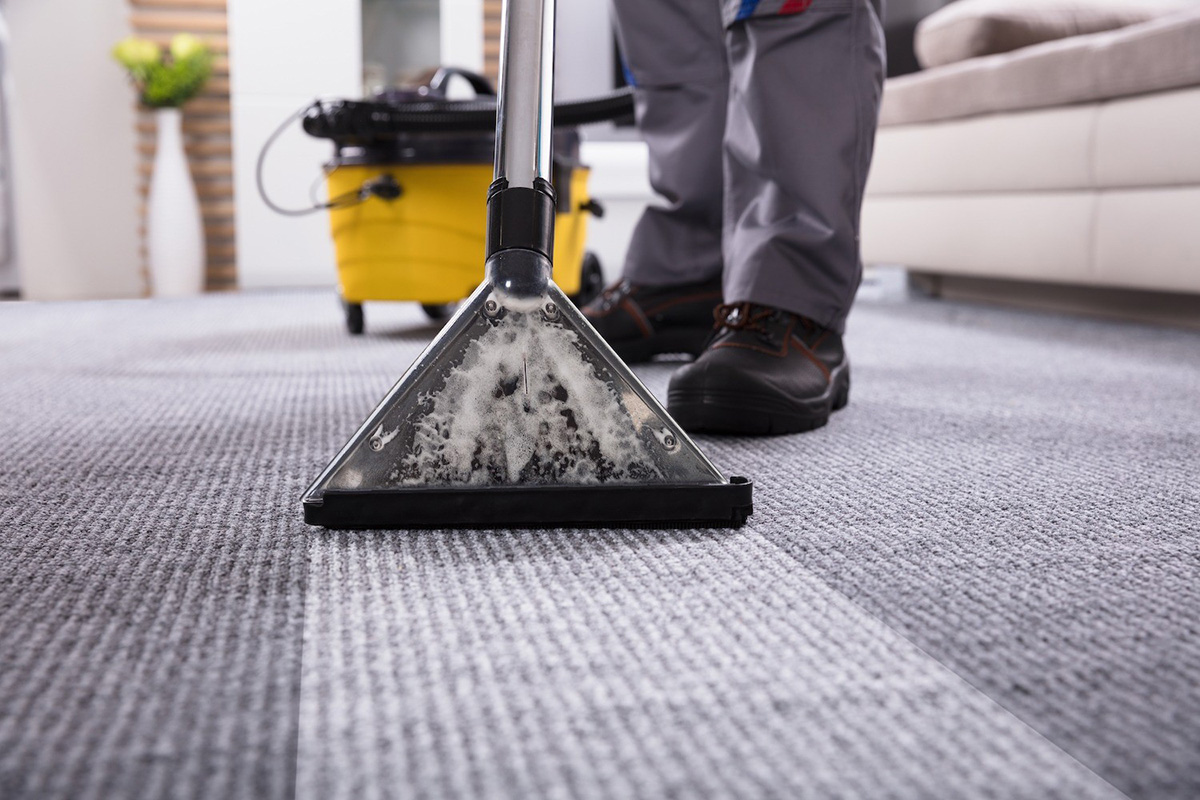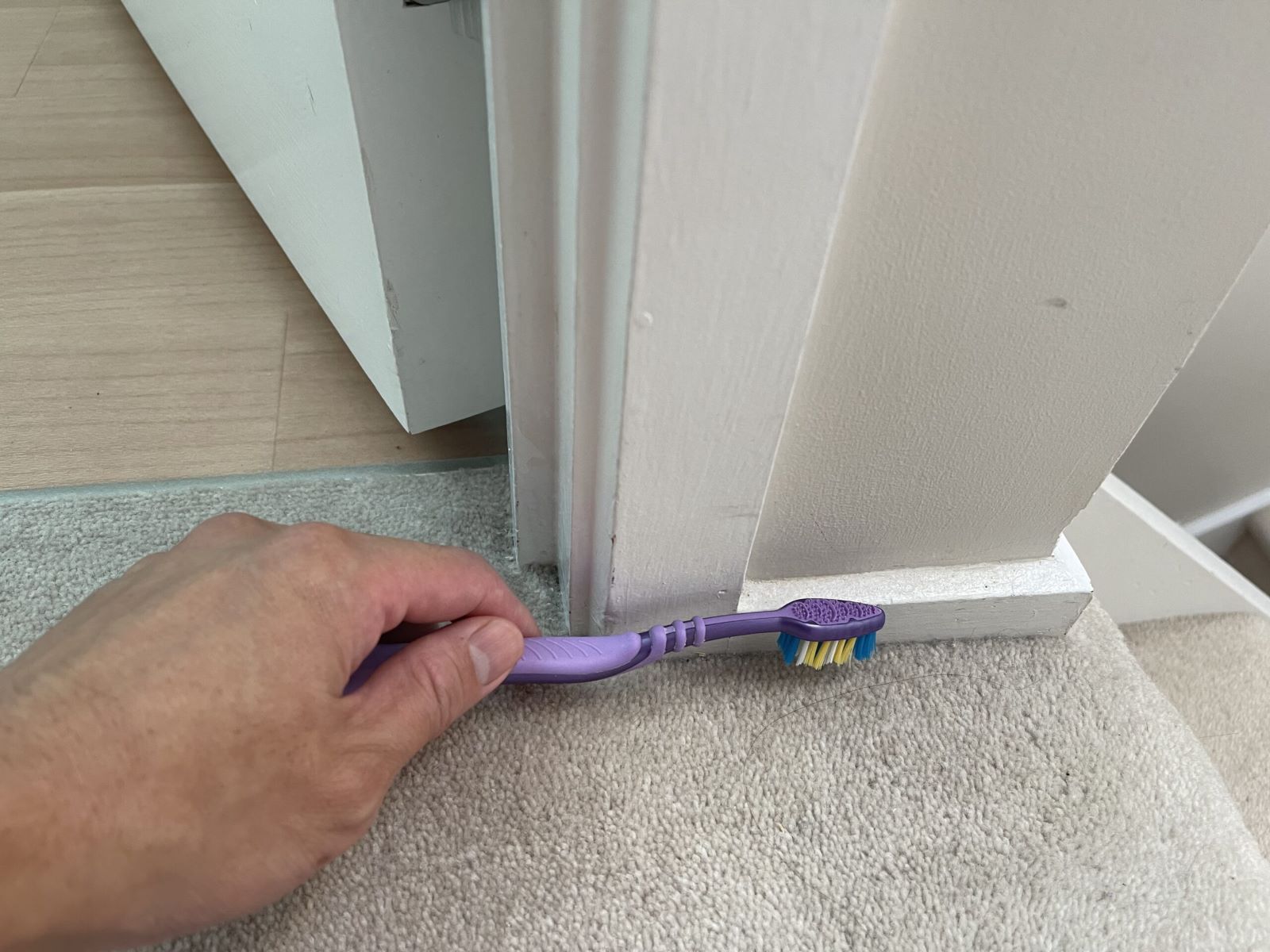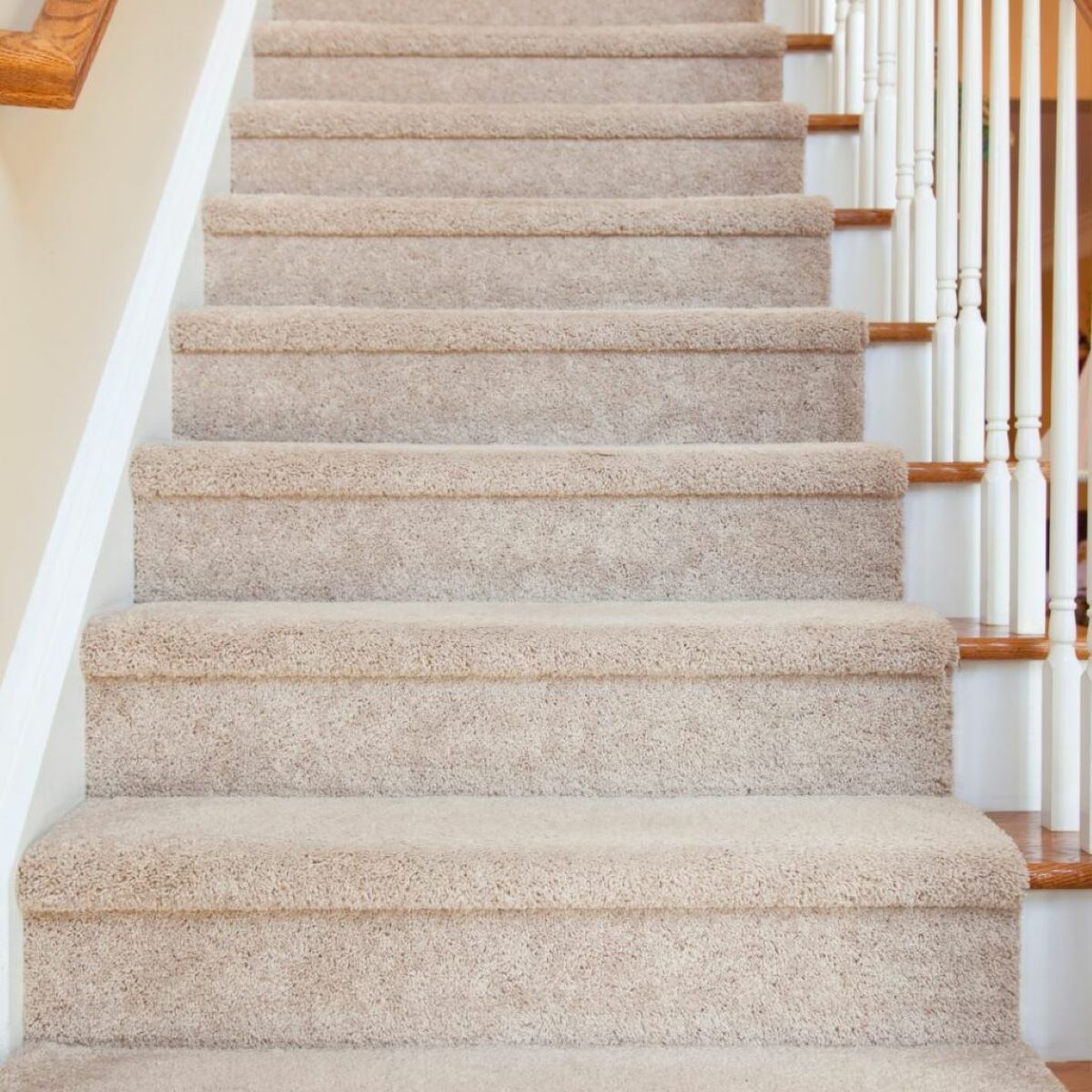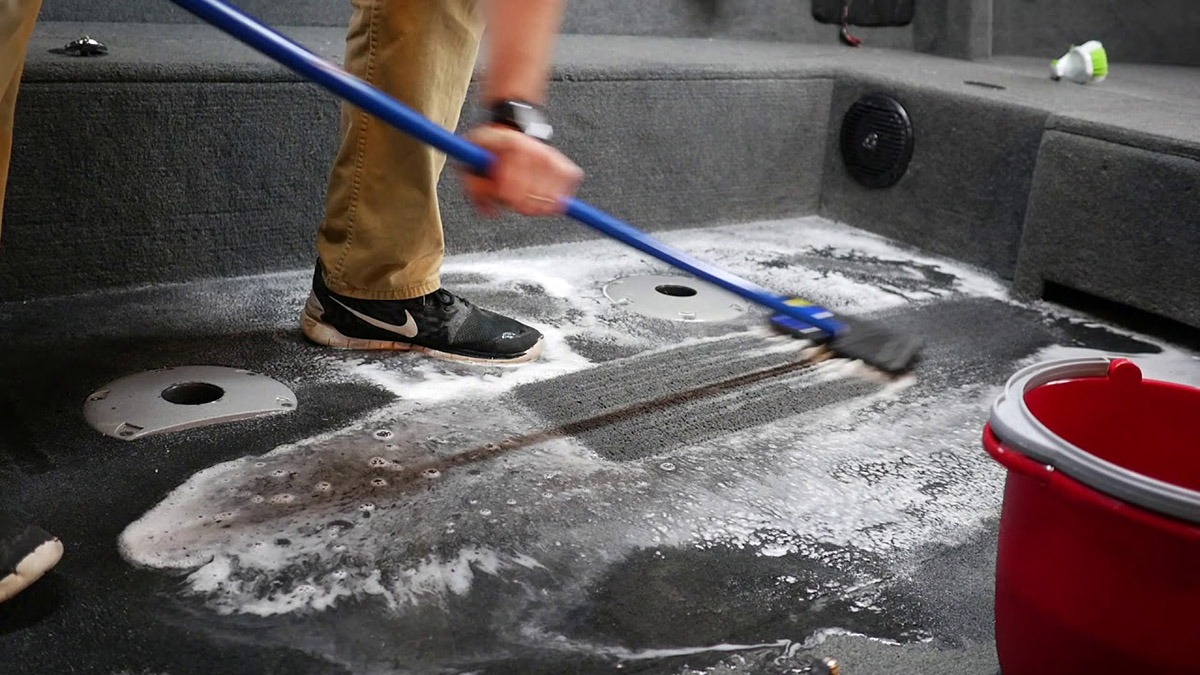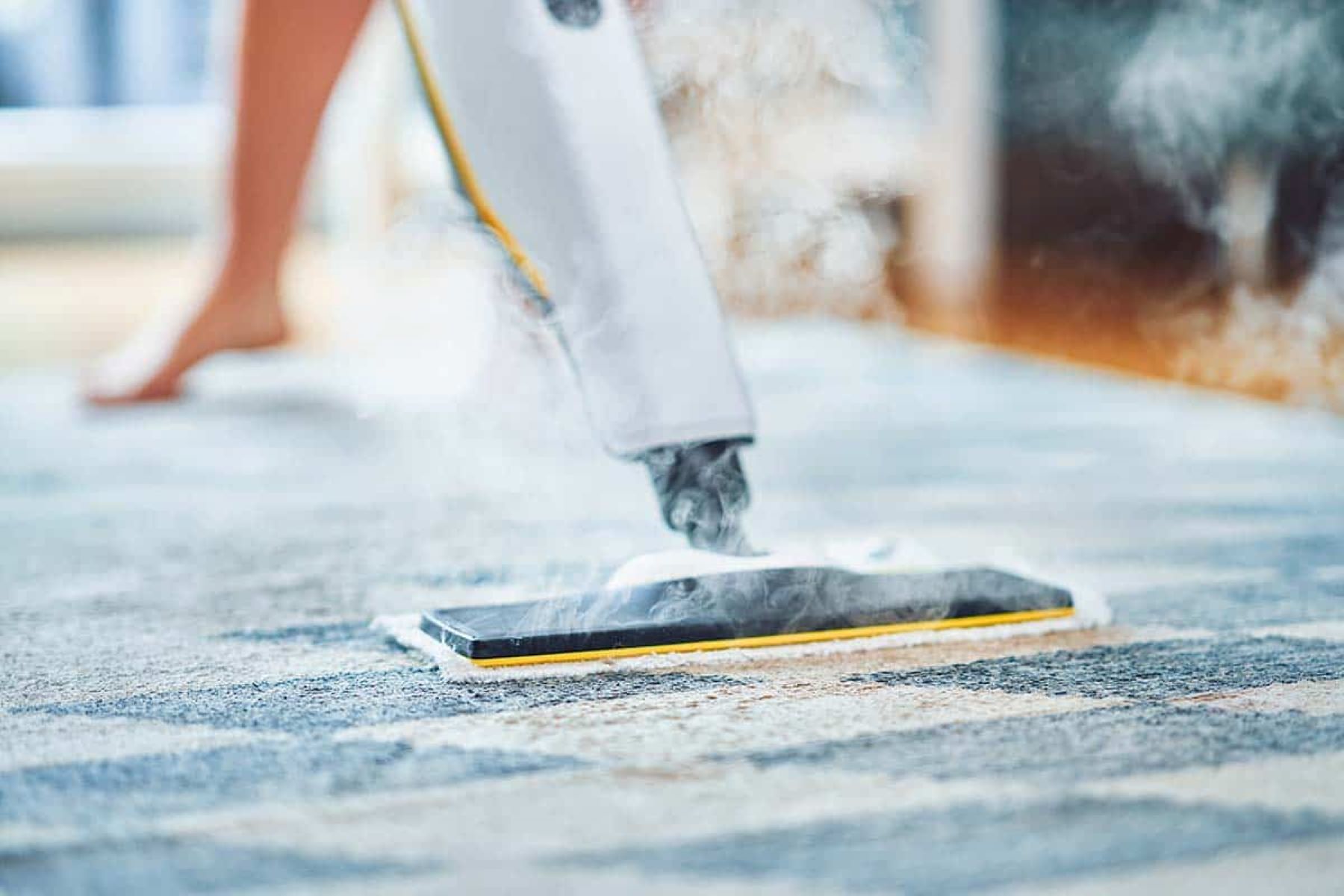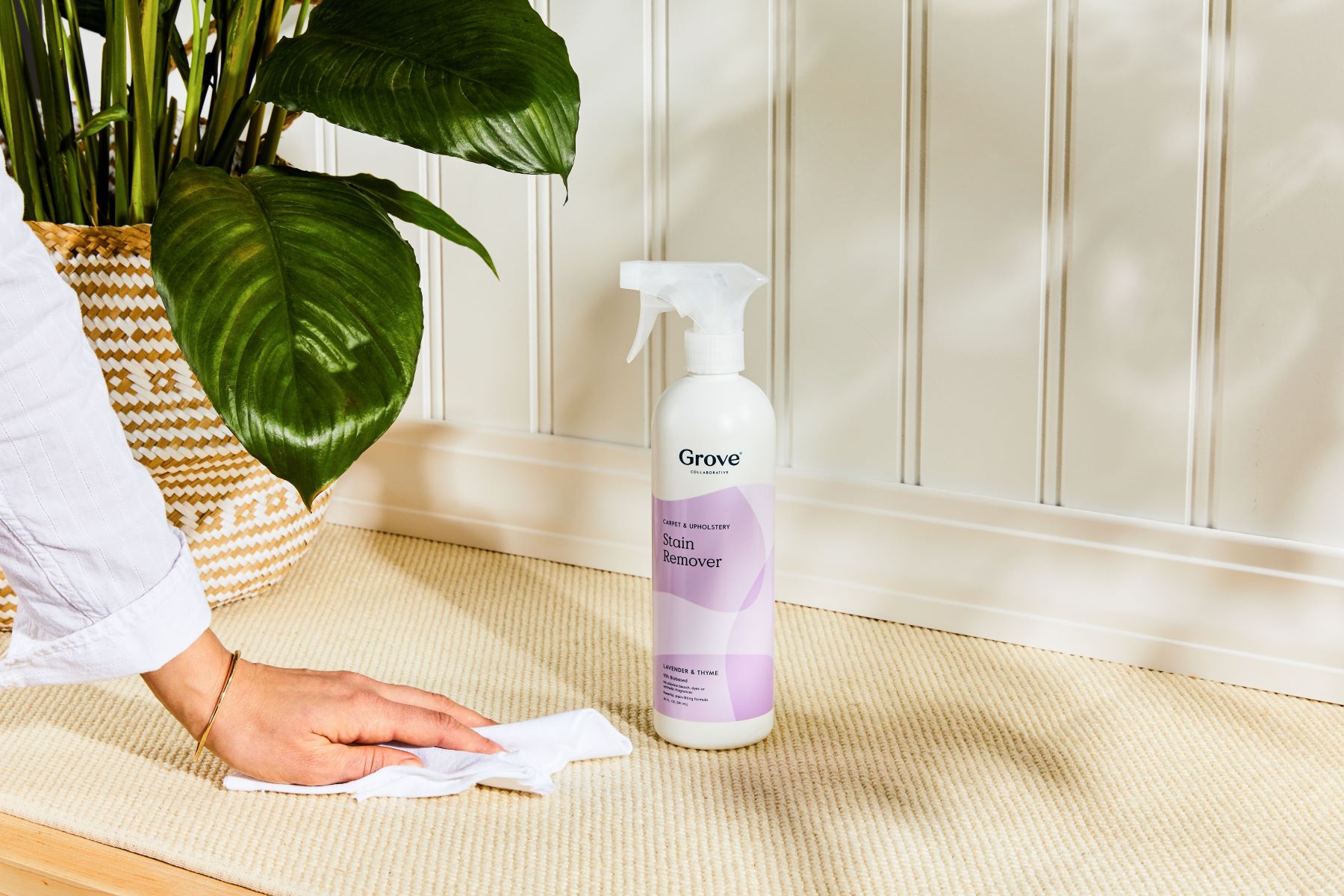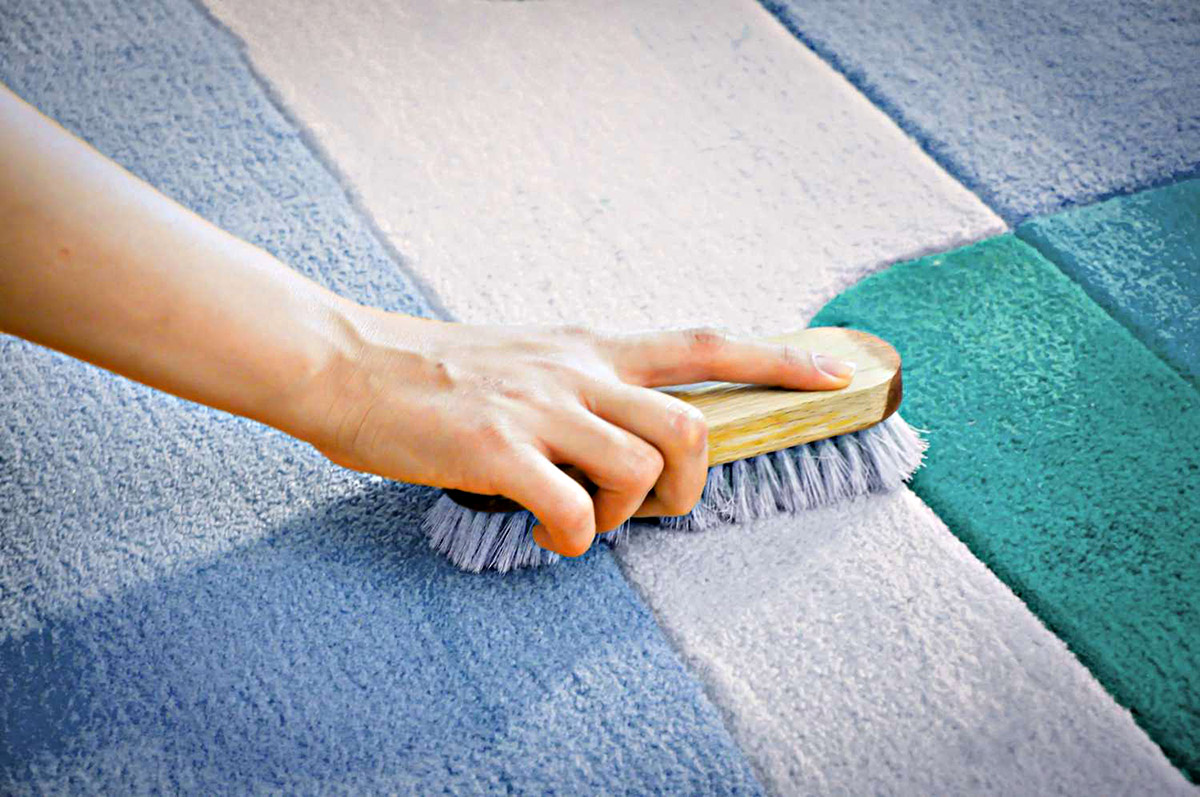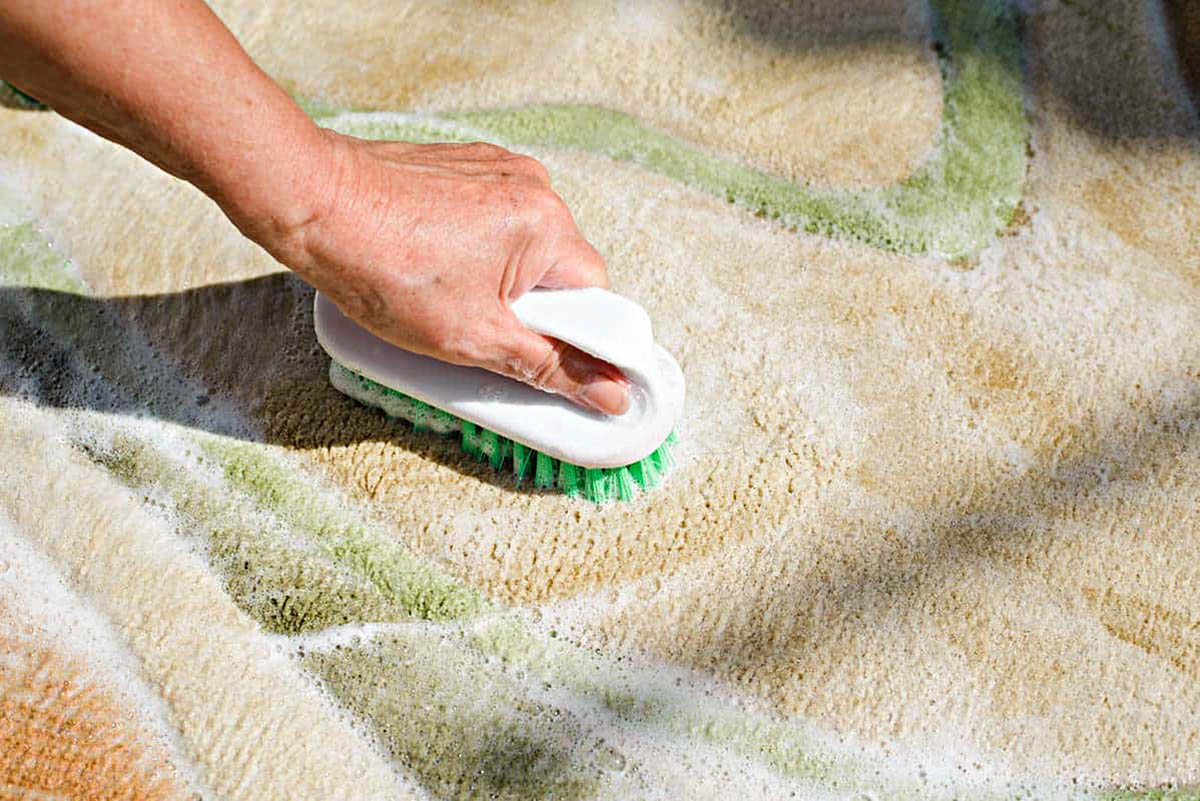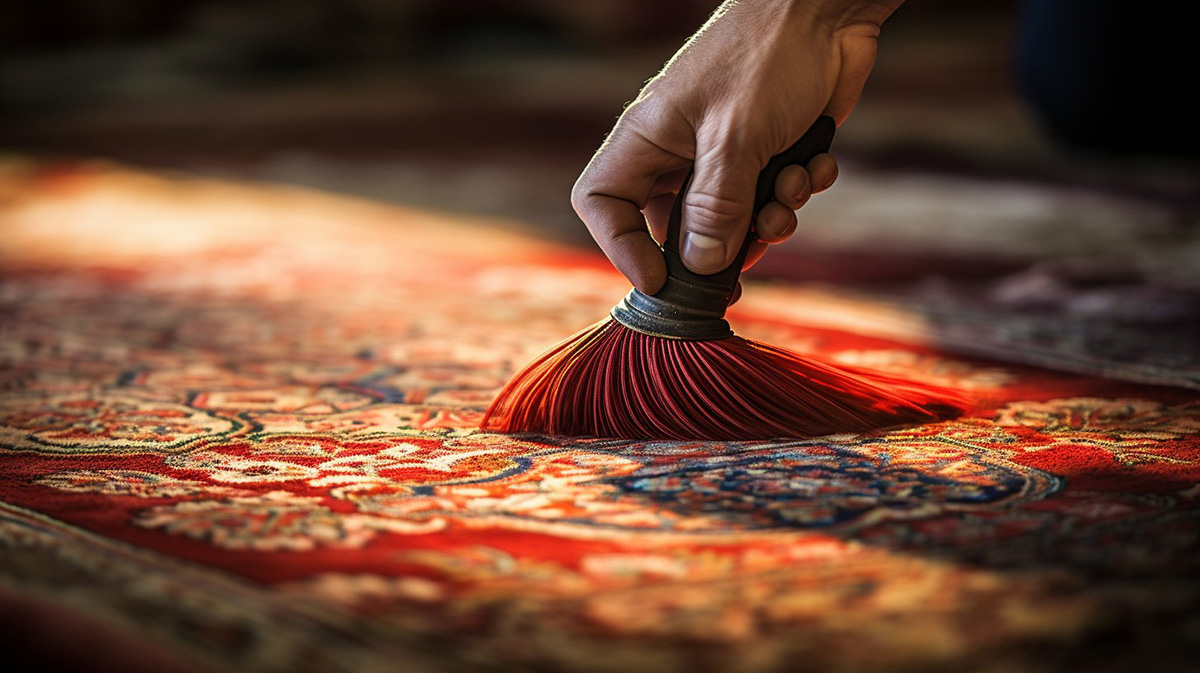

Articles
How To Clean A Persian Carpet
Modified: October 20, 2024
Learn the best techniques and tips for cleaning Persian carpets with our informative articles. Keep your carpets looking fresh and beautiful.
(Many of the links in this article redirect to a specific reviewed product. Your purchase of these products through affiliate links helps to generate commission for Storables.com, at no extra cost. Learn more)
Introduction
Persian carpets are renowned for their exquisite craftsmanship, intricate designs, and vibrant colors. These carpets are not only a luxury item but also a valuable investment that adds beauty and elegance to any space. To preserve their beauty and longevity, it’s important to regularly clean and maintain Persian carpets.
In this guide, we will take you through the step-by-step process of cleaning a Persian carpet effectively. We will provide you with valuable tips and techniques to ensure that your carpet remains in impeccable condition for years to come.
Before we dive into the cleaning process, it’s important to gather the necessary supplies. You will need:
- A vacuum cleaner with a brush attachment
- Mild detergent or carpet shampoo specifically designed for Persian carpets
- Clean, white cloths or paper towels
- A soft-bristle brush
- A bucket
- Cold water
- White vinegar
- A clean, dry towel
Now that you have all the necessary supplies, let’s move on to preparing the carpet for cleaning.
Key Takeaways:
- Preserve the beauty and longevity of your Persian carpet by following a step-by-step cleaning process, treating stains promptly, and implementing proper maintenance and protection strategies.
- Embrace the responsibility of caring for your Persian carpet to enjoy its enduring beauty and cultural significance for generations to come.
Read more: How To Value Persian Rugs
Gathering the necessary supplies
Before you begin cleaning your Persian carpet, it’s important to gather all the necessary supplies to ensure a smooth and effective cleaning process. Here is a list of the supplies you will need:
- Vacuum cleaner with a brush attachment: A vacuum cleaner is an essential tool for removing loose dirt and debris from your carpet. Make sure to use a vacuum cleaner with a brush attachment to gently brush the surface of the carpet and loosen any embedded dirt.
- Mild detergent or carpet shampoo: Look for a mild detergent or carpet shampoo specifically designed for Persian carpets. Avoid using harsh chemicals or abrasive cleaners, as they can damage the delicate fibers of your carpet.
- Clean, white cloths or paper towels: These will be used for blotting and absorbing excess moisture when treating stains on your carpet. Make sure to use white cloths or paper towels to avoid transferring any color onto your carpet.
- Soft-bristle brush: A soft-bristle brush is useful for gently scrubbing and agitating the carpet fibers to remove any stubborn stains. Make sure the brush is soft enough to avoid damaging the delicate fibers of your Persian carpet.
- Bucket: You will need a bucket to mix your cleaning solution if you are using a detergent or carpet shampoo. Opt for a bucket that is large enough to hold an adequate amount of water and cleaning solution for the size of your carpet.
- Cold water: Cold water will be used to rinse and remove any cleaning residue from your carpet. It’s important to use cold water to avoid setting stains or damaging the carpet fibers.
- White vinegar: White vinegar is a natural and effective solution for treating stains on Persian carpets. It can be used in combination with water or as a standalone solution for certain types of stains.
- Clean, dry towel: A clean, dry towel will be used to blot and absorb excess moisture from your carpet during the drying process. Make sure the towel is clean and free from any color or lint.
By having all these supplies ready, you will be well-equipped to clean your Persian carpet effectively and efficiently. Now that you have gathered the necessary supplies, let’s move on to preparing the carpet for cleaning.
Preparing the carpet for cleaning
Before you start cleaning your Persian carpet, it’s crucial to properly prepare the carpet to ensure the best results. Follow these steps to prepare your carpet for cleaning:
- Remove furniture: If your Persian carpet is in a room with furniture, carefully remove all furniture from the carpeted area. This will allow you to have full access to the carpet and ensure a thorough cleaning.
- Inspect for loose threads or damage: Take a close look at your carpet and inspect it for any loose threads, unraveling edges, or damage. If you notice any frayed edges or loose threads, trim them carefully with a pair of scissors to prevent further damage during the cleaning process.
- Test for colorfastness: Before applying any cleaning solution to your Persian carpet, it’s important to test for colorfastness. Choose an inconspicuous area of the carpet, such as a corner or under a piece of furniture, and apply a small amount of the cleaning solution. Gently blot the area with a clean white cloth and check for any color transfer. If there is no color transfer or damage, you can proceed with the cleaning process. If you notice any color bleeding or damage, it’s best to seek professional help to avoid further harm to your carpet.
- Vacuum the carpet: Using a vacuum cleaner with a brush attachment, carefully vacuum the entire surface of the carpet. This will remove loose dirt, debris, and pet hair, making the cleaning process more effective. Pay special attention to high-traffic areas and areas where dirt tends to accumulate, such as near entryways.
- Prepare the cleaning solution: If you are using a mild detergent or carpet shampoo, follow the instructions provided to mix the solution in a bucket with cold water. Be sure to use the recommended dilution ratio to avoid over-wetting or damaging your carpet. If you are using a solution of white vinegar and water, mix equal parts of vinegar and cold water in a spray bottle.
- Spot test the cleaning solution: Before applying the cleaning solution to the entire carpet, it’s wise to spot test in a small, inconspicuous area. Apply a small amount of the cleaning solution to the spot and gently blot it with a clean white cloth. Check for any adverse reactions, color changes, or damage. If there are no issues, you can proceed with confidence.
By following these steps, you will ensure that your Persian carpet is properly prepared for the cleaning process. Taking the time to prepare the carpet will help protect its delicate fibers and ensure effective stain removal. With the carpet prepared, you are now ready to tackle any stains or spills on your Persian carpet.
Treating stains and spills
Stains and spills are inevitable when it comes to carpets, including Persian carpets. Promptly treating stains will help prevent them from setting and becoming more difficult to remove. Follow these steps to effectively treat stains and spills on your Persian carpet:
- Act quickly: As soon as a spill occurs, act promptly to minimize the chances of the stain setting into the carpet fibers. Blot the spill immediately using a clean white cloth or paper towel. Avoid rubbing the spill as this may push the liquid deeper into the carpet.
- Determine the type of stain: Different stains require different treatment methods. Identify the type of stain you are dealing with, whether it’s coffee, wine, pet urine, or food stains. This will help you choose the most appropriate cleaning solution and technique.
- Blot the stain: With a clean white cloth or paper towel, gently blot the stain to absorb as much liquid as possible. Start from the outer edges of the stain and work your way towards the center. Avoid scrubbing the stain, as this can spread it or damage the carpet fibers.
- Apply the cleaning solution: Depending on the type of stain, use the appropriate cleaning solution. If you are using a commercial carpet cleaner or mild detergent, dilute it according to the instructions provided. Apply a small amount of the solution to a clean white cloth and blot the stain gently. For tougher stains, you may need to use a soft-bristle brush to gently scrub the area.
- Rinse the area: After treating the stain, rinse the area with clean cold water. Use a clean white cloth to dampen the area with water and blot it gently to remove any remaining cleaning solution. Repeat this process a few times to ensure all traces of the cleaning solution are removed.
- Dry the carpet: Once the stain has been treated and the area has been rinsed, use a clean, dry towel or paper towels to blot the damp area. Apply gentle pressure to absorb the moisture. Avoid walking on the damp carpet until it is completely dry to prevent any further staining or damage.
- Seek professional help if needed: If you encounter stubborn or set-in stains that are difficult to remove, or if you are unsure about how to treat a particular type of stain, it’s best to seek professional help. Professional carpet cleaners have the expertise and specialized equipment to effectively remove tough stains from Persian carpets without causing damage.
By following these steps and acting quickly, you can effectively treat stains and spills on your Persian carpet. Remember, the key is to be gentle and avoid harsh scrubbing or using strong chemicals that can damage the carpet fibers. With the stains treated, it’s time to move on to the actual cleaning process.
To clean a Persian carpet, start by gently vacuuming the surface to remove loose dirt and debris. Then, mix a small amount of mild detergent with water and use a soft brush to gently scrub the carpet in the direction of the pile. Finally, blot the area with a clean, damp cloth and allow it to air dry completely. Avoid using harsh chemicals or excessive water to prevent damage to the delicate fibers.
Cleaning the carpet
Now that you have prepared the carpet and treated any stains or spills, it’s time to clean the entire Persian carpet. Follow these steps to ensure a thorough and effective cleaning:
- Fill a bucket with cold water: Fill a bucket with clean cold water. This will be used for rinsing the carpet after applying the cleaning solution.
- Dilute the cleaning solution: If you are using a mild detergent or carpet shampoo, follow the instructions provided to dilute the solution in the bucket of cold water. Be sure to use the recommended dilution ratio, as using too much cleaning solution can leave residue on your carpet.
- Work in sections: Divide the carpeted area into smaller sections for easier cleaning. Start with one section at a time to ensure thorough cleaning.
- Apply the cleaning solution: Dip a clean white cloth or a soft-bristle brush into the diluted cleaning solution. Gently blot the cloth or brush onto the carpet, focusing on one section at a time. Work in small circular motions to agitate the carpet fibers and loosen any embedded dirt.
- Rinse the section: Once you have applied the cleaning solution, use a clean white cloth dampened with cold water to rinse the section. Blot the area gently to remove any remaining cleaning solution and dirt. Repeat this process as necessary until the water runs clear.
- Dry the section: After rinsing, use a clean, dry towel or paper towels to blot the damp section. Apply gentle pressure to absorb the moisture. Be sure to thoroughly dry each section before moving on to the next to prevent any mold or mildew growth.
- Continue with the remaining sections: Repeat the cleaning process with each section of the carpet until the entire carpet has been cleaned and rinsed.
It’s important to note that while cleaning the carpet, avoid excessive moisture or soaking the carpet, as this can damage the fibers and backing. Also, ensure proper ventilation to aid in drying the carpet more quickly.
By following these steps, you can effectively clean your Persian carpet and restore its beauty. However, it’s essential to properly dry and finish the cleaning process to ensure the longevity and pristine condition of your carpet.
Read more: How Expensive Are Persian Rugs
Drying and finishing the cleaning process
After cleaning your Persian carpet, proper drying and finishing are crucial to ensure its longevity and preserve its beauty. Follow these steps to effectively dry and finish the cleaning process:
- Remove excess moisture: Use a clean, dry towel or paper towels to gently blot the damp sections of the carpet. Apply gentle pressure to absorb as much moisture as possible. Avoid rubbing or scrubbing the carpet, as this can damage the fibers.
- Air circulation: Maximize air circulation in the room to facilitate faster drying. Open windows and doors, or use fans to create a breeze. This will help evaporate the moisture and prevent any mold or mildew growth. Ensure proper ventilation by allowing fresh air to circulate around the carpet.
- Use a dehumidifier: If the weather is humid or if the drying process is taking longer, consider using a dehumidifier in the room to remove excess moisture from the air. This will help speed up the drying time and prevent any moisture-related issues.
- Avoid walking on the carpet: While the carpet is drying, avoid walking on it as much as possible to prevent any dirt or debris from transferring onto the damp fibers. If necessary, place signs or barriers to indicate that the carpet is being cleaned and should not be stepped on.
- Check for dampness: After a few hours, check the carpet for any remaining dampness. Press your hand firmly onto different sections of the carpet to ensure it is completely dry. If you feel any dampness or moisture, continue the drying process until the carpet is fully dry.
- Fluff and groom the carpet: Once the carpet is completely dry, use a soft-bristle brush to gently fluff and groom the carpet fibers. This will restore the carpet’s texture and appearance, giving it a fresh and polished look.
- Place furniture back: After ensuring the carpet is dry and groomed, carefully place the furniture back onto the carpeted area. Use furniture pads or sliders to prevent any damage to the carpet or furniture legs.
With proper drying and finishing, your Persian carpet will regain its beauty and be ready to grace your space once again. Remember to maintain regular cleaning practices and implement preventive measures to ensure its longevity.
By following these steps, you can successfully dry and finish the cleaning process, allowing your Persian carpet to shine and showcase its intricate design and craftsmanship.
Maintaining and protecting your Persian carpet
Now that your Persian carpet is clean and looking its best, it’s important to implement proper maintenance and protection strategies to ensure its longevity and preserve its beauty. Follow these tips to effectively maintain and protect your Persian carpet:
- Regular vacuuming: Vacuum your carpet regularly to remove loose dirt, dust, and debris. Use a vacuum cleaner with a brush attachment to gently brush the carpet fibers and lift away any particles that may be trapped within.
- Rotate the carpet: To minimize wear and tear, rotate your Persian carpet every six months. This will distribute foot traffic and sunlight exposure more evenly, preventing certain areas from fading or becoming more worn than others.
- Use rug pads: Place rug pads underneath your Persian carpet to provide cushioning and prevent slipping. Rug pads also help protect the carpet from rubbing against the hard surface beneath, reducing the risk of damage.
- Avoid direct sunlight: Prolonged exposure to direct sunlight can cause colors to fade and fibers to weaken over time. Protect your Persian carpet by using curtains, blinds, or UV-blocking window films to minimize the amount of sunlight that reaches the carpet.
- Address spills immediately: Accidents happen, so be prepared to address spills and stains promptly. Blot the spill immediately using a clean white cloth or paper towel, avoiding any rubbing or scrubbing that could spread the stain. Treat the stain according to the appropriate cleaning method for the specific type of spill.
- Professional cleaning: Schedule professional cleaning for your Persian carpet every 1-2 years, depending on the level of foot traffic and usage. Professional cleaners have the necessary expertise and equipment to deep clean your carpet without causing damage.
- Protect from pets: If you have pets, take extra precautions to prevent them from scratching or soiling your Persian carpet. Keep their nails trimmed and provide designated areas for them to rest or play, such as pet beds or scratching posts.
- Keep food and drinks away: Avoid placing food and drinks directly on the carpeted area to prevent accidental spills and stains. Instead, use trays or coasters to protect the carpet from any potential damage.
By following these tips, you can maintain and protect your Persian carpet, keeping it in excellent condition for many years to come. Your efforts will ensure that the carpet remains a beautiful centerpiece in your home or office, showcasing its intricate design and luxurious feel.
Remember, prevention and regular maintenance are key to preserving the longevity and aesthetics of your Persian carpet. With proper care, your carpet will continue to be a cherished and valued part of your space.
Conclusion
Cleaning and maintaining a Persian carpet is an essential aspect of preserving its beauty, longevity, and value. By following the steps and tips outlined in this guide, you can effectively clean your Persian carpet, treat stains and spills, and implement proper maintenance and protection strategies.
Start by gathering the necessary supplies, preparing the carpet for cleaning, and treating stains and spills promptly. Use the appropriate cleaning solutions and techniques, ensuring that you test for colorfastness and spot test any cleaning solution before applying it to the entire carpet.
Once the carpet is clean, focus on properly drying and finishing the cleaning process. Remove excess moisture, promote air circulation, and avoid walking on the damp carpet. Take the necessary steps to ensure the carpet is completely dry before fluffing and grooming the fibers.
Maintaining and protecting your Persian carpet is key to its longevity. Regular vacuuming, rotating the carpet, using rug pads, and avoiding direct sunlight will help maintain its appearance. Promptly addressing spills, scheduling professional cleaning, and protecting from pets and food stains are crucial for its preservation.
By implementing these practices, you can enjoy the elegance and beauty of your Persian carpet for many years to come. A well-maintained and protected Persian carpet will continue to be the centerpiece of your space, adding a touch of luxury and sophistication.
Remember, proper care and maintenance are investments in the long-term preservation and enjoyment of your Persian carpet. Treat it with care, follow these guidelines, and you will be rewarded with a stunning and enduring piece of art that will be treasured for generations.
Embrace the responsibility of caring for your Persian carpet and revel in its exquisite beauty—a true testament to the rich craftsmanship and cultural heritage.
Frequently Asked Questions about How To Clean A Persian Carpet
Was this page helpful?
At Storables.com, we guarantee accurate and reliable information. Our content, validated by Expert Board Contributors, is crafted following stringent Editorial Policies. We're committed to providing you with well-researched, expert-backed insights for all your informational needs.
